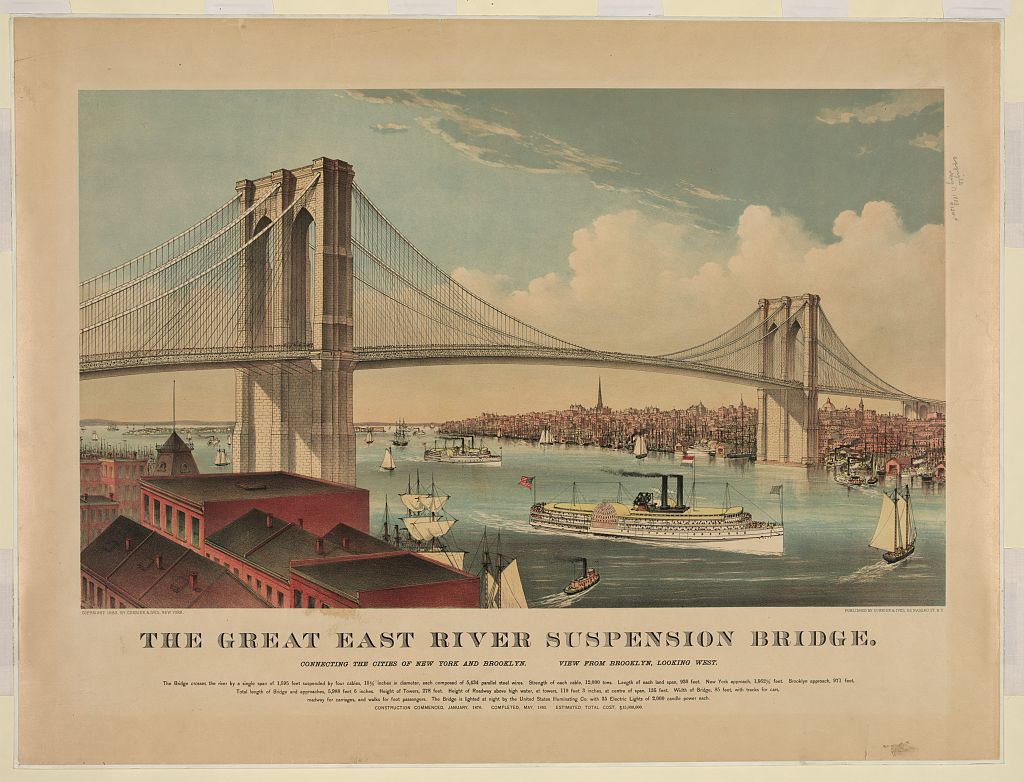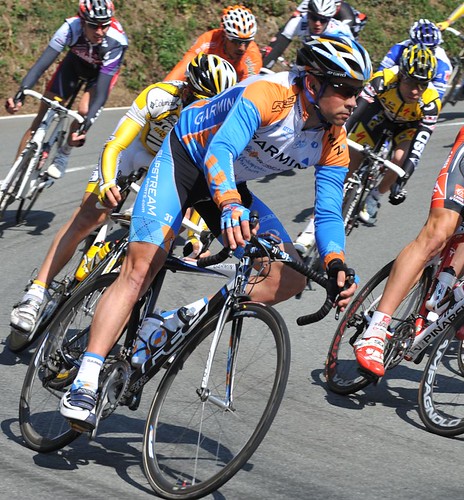
He was preëminently an entrepreneurial publisher and he knew what he was about. In his lifetime new technology made printing fast and cheap, immigration exploded the urban population many fold, and the whole population was taught to read in newly-established free, compulsory elementary schools. In taking advantage of the opportunities afforded by these changes, Munro learned what a writer must do to grab and hold a reader's attention. His authors wrote potboilers (a term invented to describe this very genre). The plots were racy (another 19th-century usage), full of derring-do and romance. They featured outlaws, gunslingers, renegades, and the lawmen, detectives, and good citizens who dedicated themselves to catching and making them pay their debts to society. Munro published pulp fiction, works that would become known as newsboy books and dime novels. The genre is a familiar one.
He also published much by women authors and men who wrote using women's names. These stories featured romance, jealousy, betrayal, and the rescue of imperiled and helpless girls by selfless, heroic, handsome young men. These proved to be just as popular as the adventure yarns. They appeared in Munro's New York Family Story Paper.
Family story papers were newsprint weeklies giving illustrated fiction in serial form. He didn't invent the format, but rather perfected it and the NYFSP achieved massive sales and gained household-name status in its time.
A surprising amount of Munro's vast output in this paper departed from the narrative formulas described above. Quite often you'll find women who stand up for themselves and whose goals in life include more than marriage, family, and homemaking.
Here's an example. It begins with this paragraph: "It was a wild night, an awful night, over the dingy tenements of New York. The wind flapped the rickety shutters with a wanton glee, and the rain pelted down with a pitiless sort of fury on the sloppy, slushy, deserted streets where the snow of yesterday yet lay. A bad night, a black, gusty February night — wildest and blackest and stormiest over the miserable garret where Adelaide Marchmont lay, a wasting shadow, a white, stark, attenuated figure that was going the way of all flesh."

Here's another example. This one concerns a young woman who saves a fallen man. Algernon Fane is downcast at his failure to live up to his own high aspirations and the addiction to gambling that has plummeted him into debt. He thinks of the story's heroine whose name is "to him something holy and sacred," had he recalls how he saw her "as she stood at her loom — the brave-hearted, honest working girl."

In this one, the heroine overcomes her fears to save a child from drowning: "On this occasion the lightening had no terrors for her, and, wrapped in a dark cloak, she hurried away like a spirit through the storm and the darkness, with a prayer on her lips and hope in her heart. The thunder rattled overhead, the angry waves dashed themselves in foam at her feet, and the lightening flashed around her in a blinding glare, yet still she struggled on, a little tottering figure, battling its way bravely through tempest and darkness."

None of these actually contradict the narrative conventions of the time, but — small though it may be — it's refreshing to see their hesitant turn away the tried and true.
My source for these page images: New York Family Story Paper by the Stanford University Libraries Academic Text Service.
See also:
Munro's obit in The publishers weekly Volume 45 (R.R. Bowker Co., 1894)
And in the New York Times: DEATH OF NORMAN L. MUNRO
The dime novel companion: a source book by J. Randolph Cox (Greenwood Publishing Group, 2000)
Women Adrift: Independent Wage Earners in Chicago, 1880-1930 by Joanne J. Meyerowitz (University of Chicago Press, 1991)
Beyond labor's veil: the culture of the Knights of Labor by Robert E. Weir(Penn State Press, 1996)





















































